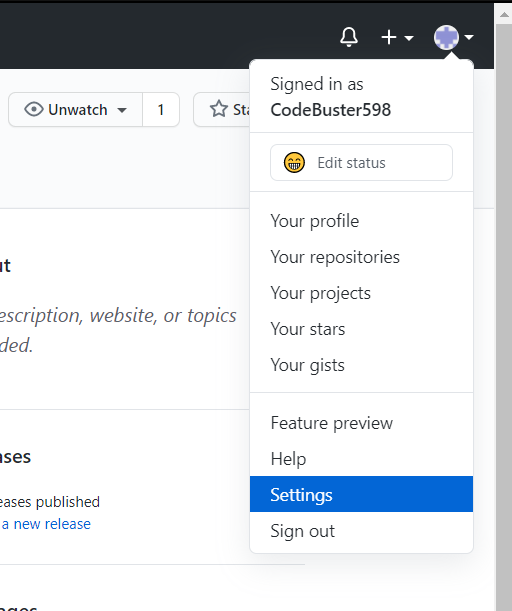How to configure an OAuth App from GitHub?
Last Updated :
05 Sep, 2020
OAuth, which stands for “Open Authorization” is an Authorization Protocol that allows third-party services to access secured resources, on behalf of the resource owner. Authorization is different from Authentication as Authentication is the process of verifying the user’s identity, while Authorization is the process of verifying the resources what they have access to. Therefore, OAuth is standard for allowing services trying to access one another on behalf of the user.
Here, we will see how to configure an OAuth app from GitHub.
You can create and register an OAuth App under your personal account or under any organization in which you have administrative access.
But, remember to protect your privacy by only using information that you consider sharing publicly. Avoid using sensitive data, such as internal URLs, while creating an OAuth App.
Step 1: Go to https://github.com/login and fill the details if you already have an account or sign up.

Fill the required details and Click on ‘Sign in’ button to continue.
Step 2: Now, as you are logged in, you will see your profile photo in the upper-right corner of the page. Click on the profile photo and then click on Settings.

Step 3: In the bottom of the left sidebar, click on Developer Settings.

Step 4: In the left sidebar, click “OAuth Apps“.

Step 5: Now click on “Register a new application“.

Step 6: Now, fill the details

Here,
- In “Application name“, fill the name of your app.
- In “Homepage URL“, fill the full URL to your app’s website.
- “Application Description” is optional. You can fill it to give the basic overview of your app to your users.
- At last, in “Authorization callback URL“, fill the callback URL of your app.
Step 7: Click “Register application“.
Now, your new OAuth App is registered and you will be provided with Client-ID and Client Secret ID for your app.
Note: Please don’t share Client-ID and Client Secret ID with anyone.
Like Article
Suggest improvement
Share your thoughts in the comments
Please Login to comment...